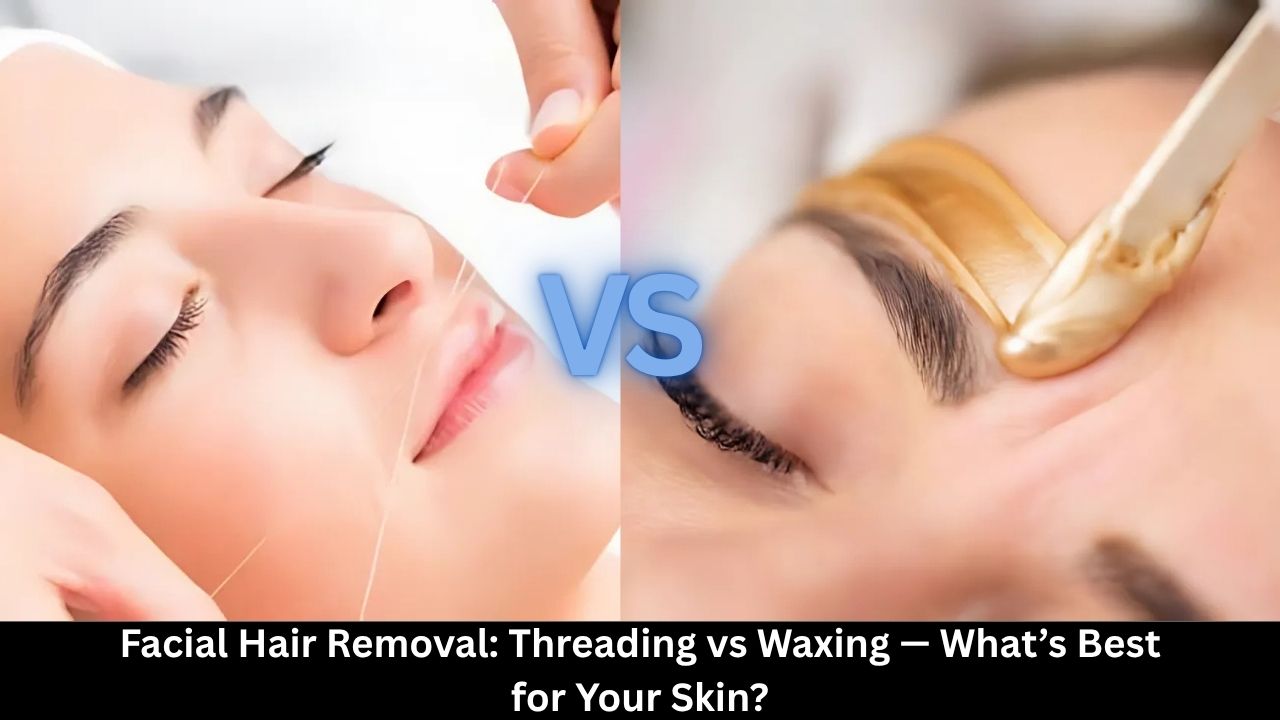
Threading gives precision, control, and is gentler on sensitive facial skin. Waxing is quicker, covers more area, and works for coarse hair—but may cause redness, irritation, or breakouts. The “best” method depends on your skin type, hair texture, and patience level. Below: the full face-off, research-backed, with desi wit and plenty of tired-but-true advice.
Let’s be honest: no one wants to debate threading vs waxing while lying flat in a salon chair, half-asleep, wishing chai would magically appear. But the choice matters—your face is delicate, and the wrong method can leave you with redness, bumps, or in the worst case, “upper lip on fire” feels. I’ve done both, sometimes back-to-back (not recommended, btw 🙃). Here’s the breakdown: clear, unfiltered, and based on actual skin science.
A thin cotton thread twists and rolls over the skin, pulling out hairs at the follicle. Great for precision zones like brows, upper lips, and even peach fuzz on cheeks.
Warm wax is spread on the skin, then pulled away (with or without a strip), removing multiple hairs at once. Quick and efficient, especially for coarse facial hair or larger areas like sideburns.


👉 Notice how neither is “perfect.” It’s always about your skin + hair type.
A mini checklist:
Before
After
Pro tip: halki si haldi paste dabbed post-threading can calm redness. Desi hacks still slap.
A friend once said after her first upper-lip wax: “Mujhe laga shayad meri atma bhi strip ke saath nikal gayi.” (I felt like my soul left with that strip). Accurate. 😂
If I had to pick, I’d say: threading for brows and sensitive zones, waxing for sideburns or thicker facial hair. Both have a place. But if you’re unsure, test threading first—it’s gentler and widely trusted. Skin is personal, and what works for your bestie may leave you blotchy.
Q1. How often should I get facial hair removed?
Every 2–4 weeks, depending on growth.
Q2. Can I switch between threading and waxing?
Yes—just give skin time to recover before changing methods.
Q3. Is DIY safe?
Threading at home is tricky unless skilled. Waxing at home risks burns—so tread carefully.
Q4. Which is better for upper lip?
Threading—less risk of darkening or irritation.
Q5. What if I get bumps after waxing?
Apply aloe, ice compress, and avoid heat. Persistent bumps? See a dermatologist.